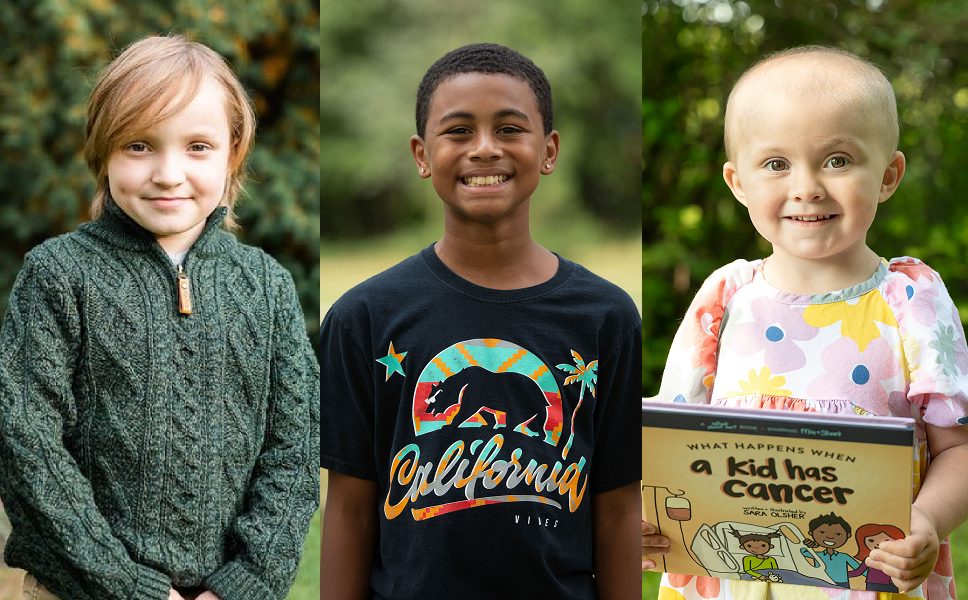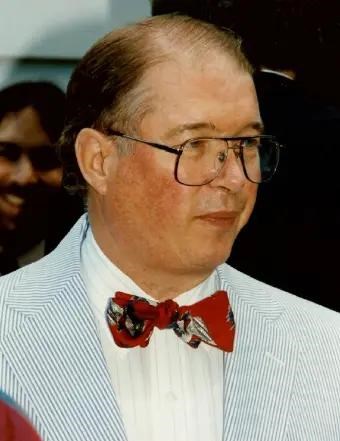Every cancer parent remembers the moment they received the lifechanging news: “Your child has cancer.” But after that critical moment, no childhood cancer story is the same. We’ve gathered a list of some of the ways the childhood cancer experience can differ – due to age, race, family support, socioeconomic status and more. There is truly no “typical” childhood cancer experience, but the more we know, the better we can help families who are experiencing it – even if their experience looks a bit different for everyone.
Cancer impacts kids of all ages – and treatment will affect them differently based on age.
Cancer treatment in kids interrupts key periods of physical and social development for kids, and how this impacts a 2-year-old, 10-year-old or 15-year-old will be very different.
Katrina, who was diagnosed with non-Hodgkin lymphoma at 17 years old, quit letting her parents or friends take or post photos of her during treatment – she felt a loss of control during that time and didn’t like how her appearance had changed due to chemotherapy.
Rider, who was 12 when he was diagnosed with leukemia, dealt with mental health struggles knowing he was missing out on the things he loved, like playing football with his friends. He’s now 14 and small for his age due to treatment but determined to be a good wide receiver.
Wyatt is curious about how cancer works, and at age 7 he asked his mom, “do you think kids with cancer like mine have died?”
Anja, just 2 years old, is too young to understand much about childhood cancer, but she reads children’s books about why kids sometimes lose their hair during treatment.
Not all kids with cancer lose their hair – or experience the same side effects from treatment.
How a child reacts to cancer treatment can depend on the type of cancer they have, the type of treatment their doctors recommend, health before cancer and many other factors. Researchers don’t know how to predict who will be hit hardest by the side-effects of cancer treatment. They’re studying how factors like body composition may impact side-effect severity, but so much about long-term side effects is still a mystery. However, we do know that more than 95% of childhood cancer survivors will have a significant health issue related to their cancer or treatment by the time they are 45 years old.
Protocols for cancer treatment aren’t always the same length.
For some types of cancer, treatment can mean one surgery with follow-up monitoring to make sure the tumor doesn’t come back. For other types, it can mean months, even years of chemotherapy. For others, it means a stem cell or bone marrow transplant that means weeks of isolation while their immune system works back up from essentially zero. For many cancers, doctors may change their approach depending on how well a child’s body can tolerate the current treatment protocol.
If you know a child who has been diagnosed with cancer, it’s okay to ask (rather than assume) what the treatment path looks like for them so you can better understand how to support them. Keep in mind this plan can change at any time and the unknowns for a family are the hardest part of a cancer diagnosis.
Read our blog: 859 Days by Michelle Vaith, mom to a cancer survivor
Race and socioeconomic status can impact survival rates for kids with cancer.
Today, racial and ethnic minority children and adolescents with cancer have a higher risk of death than non-Hispanic white children and adolescents. By supporting to Children’s Cancer Research Fund, you’re helping scientists discover the reasons for these disparities, which will help us close the survival gap.
Research by Dr. Lucie Turcotte discovered that patients who receive stem cells from a donor who has a greater socioeconomic disadvantage have worse survival rates and higher rates of early transplant-related mortality. In fact, the donors’ socioeconomic status had an even bigger impact on outcomes than the recipients’ own socioeconomic status prior to transplant. Read more about this research here.
Not everyone has the same access to care.
In the United States, over 90% of children treated for cancer are treated at one of the 200+ Children’s Oncology Group hospitals. Depending on where families live, they may be driving or flying hundreds of miles for their child’s treatment. This makes it especially difficult for single-parent families, families where both parents work, or families with multiple children to get the treatment their children need.
Wyatt’s treatment took him and his mom from Minnesota to New York City to participate in a lifesaving clinical trial. KK’s parents drive her three hours to the nearest hospital for her leukemia treatment.
Your donation makes their fight easier.
Kids fighting cancer go through a lot - but you can make their treatments easier and more effective. Your donation will fund groundbreaking research that makes better, safer treatments possible for children and teens fighting cancer.




